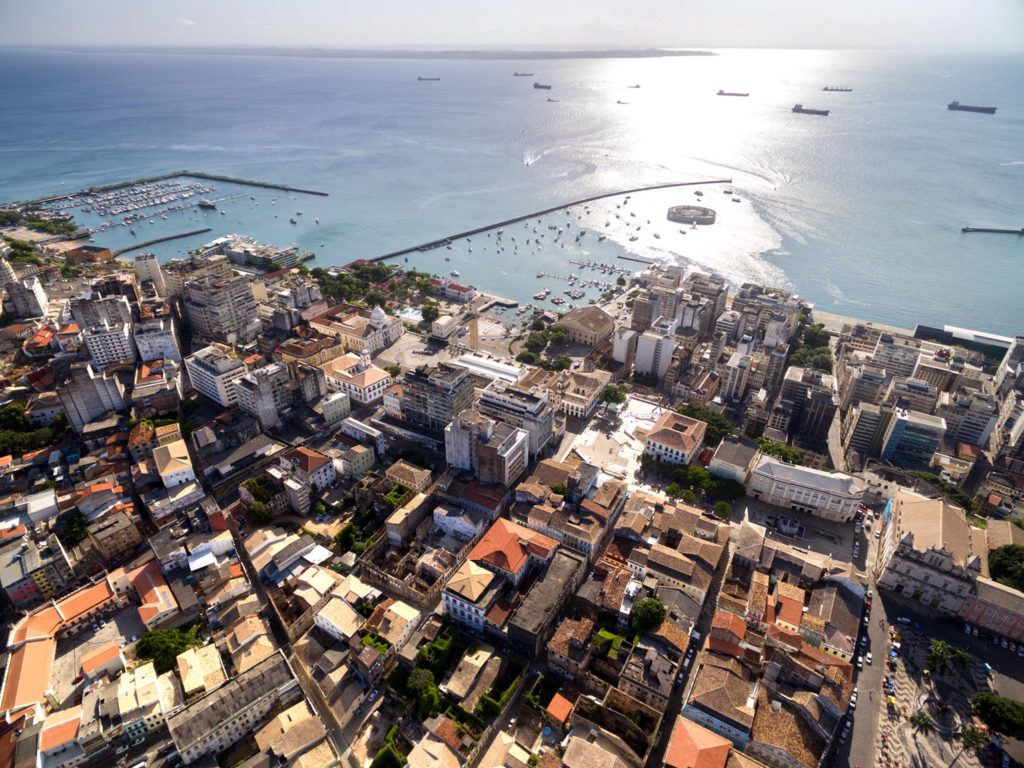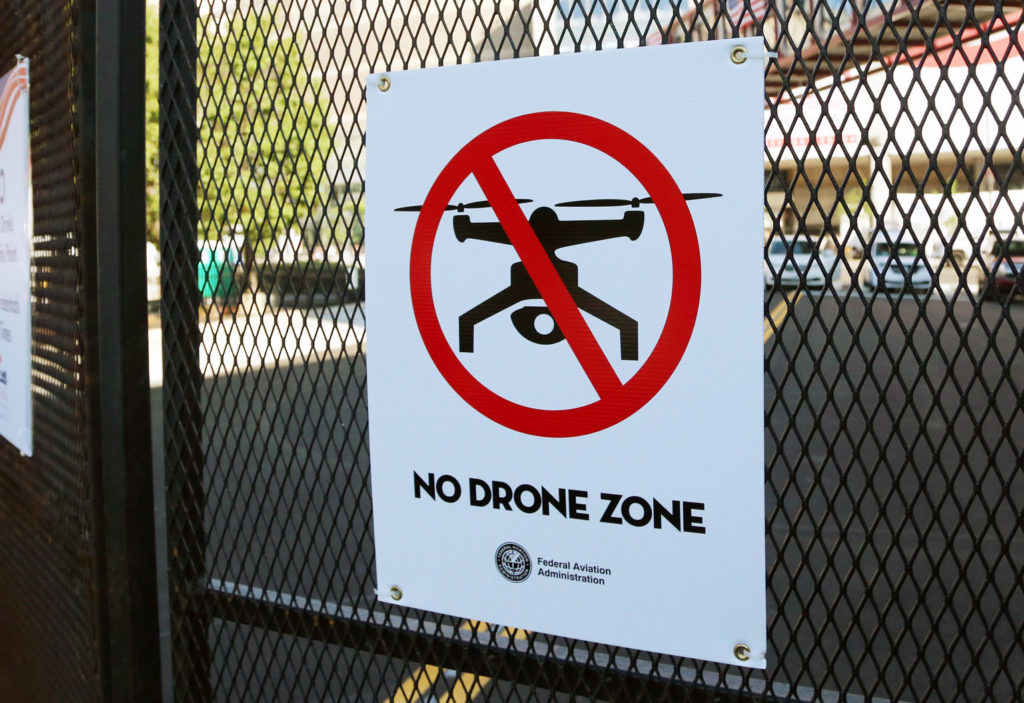We get lots of queries asking if we accept drone photography. Here we take a look at a few of the things you need to be aware of to get your drone images past Quality Control and onto Alamy.
We love receiving imagery from drones, their maneuverability and relatively small size coupled with a wide angle lens, means they are the perfect vehicle for capturing breath-taking images from rarely seen viewpoints of everyday life.
Not all drones are equal
Whilst we do accept images from drones, not all of them meet our technical requirements. Any drone that you can attach a DSLR, or those you can attach a Micro Four Thirds camera to, will all work well. Also worth a mention is the DJI Inspire 1 v2.0, which we’ve seen consistently good quality images from.

Unfortunately, a drone fitted with a compact camera, camera phone camera or a GoPro won’t be able to produce good enough quality stills to pass Alamy QC. This is due to the small sensors and optics used, which mean images are often soft and noisy.
If you do have a drone that is capable of producing images that meet our specifications then read on…
Familiarise yourself
Chances are the camera fitted to your drone is different to the one you use for your regular photography. Be sure to familiarise yourself with your camera and its settings. Like your regular camera it will work better on some settings than others. Make sure to carry out a few test flights so you know what these optimum settings are.
Avoid shake
It goes without saying that you need a stable rig in order to get stable images – your camera needs to be attached to your drone via a steady gimbal to ensure your images will be up to standard. If you have a lens that has image stabilisation make sure that it is turned on. Use a shutter speed of over 1/250 of a second to eliminate camera shake on your images.
Wide angle shots
If using ultra-wide angle or fisheye lenses these are likely to show some chromatic aberration, especially at the extreme outer edges of the image. Add a step to your workflow to remove these marks. There are lots of different tutorials out there that can help you to do this – choose the one that best suits your workflow.
Poor exposure
One of the key things to nailing drone photography is to make sure you get the exposure bang on. To do this make sure that you bracket to get the best quality images that need the absolute minimum amount of tweaking in post-production.

Stick to the rules
Please remember to fly your drone responsibly and get permission where necessary – for more information on when and where you can use your drone see our previous blog on Drone laws rules and regulations.